An industrial relic; a young man looking into the camera; pink peonies. The frightened eye of a cow. Bodies, places, objects, textures – subjective records of environments, encounters, of objets trouvés. These photographs are very direct, focusing on the physical presence of people and things, on their immediate physicality. Always close-ups, always highlighted by the flash, as if torn out of a larger image. Never the product of a zoom, never cropped, the images seem to have been there before they were taken. Without a specific context, as if removed from time and place, they oscillate between presence and withdrawal, offering a visual experience of contingency. Yet they seem to insist on the uniqueness and fragile, raw, even brutal beauty of intimate moments captured by the camera.
For Thibaut Henz, each of his photographs contains a narrative and abstract visual information that can stand on its own, but also enriches others. These photographs are never shown alone, but in pairs, tableaus or clusters. Images taken in different places at different times are juxtaposed or combined, drawing attention to matching colours, shapes and textures, to analogies in compositional detail. A young woman in a plunging blue top, the colour of her complexion reflected in the flowers in the accompanying image, the diagonal line of the neckline continuing in the way the blossoms curve downwards. There is no context given, no relationship between the two parts of the diptych revealed. And yet, there is a bond that holds them together tightly.
Always irritatingly close to his subject, Thibaut Henz reduces the images to their immediate visuality, their tactile qualities, the composition they carry within themselves. The images find their corresponding partners and unfold parallel realities, simultaneities in time, challenging the viewer to respond with their own readings, their own contexts and references. The powerful flash rips the subjects out of their surroundings and allows for a clear, unified aesthetic. We cannot place these images in any logical context; they remain fragments, enigmatic yet eloquent, strange and fascinating. These works seek an associative reading. They do not want to be ‘understood’ or ‘analysed’.
Roland Barthes famously distinguished between the studium and the punctum when looking at a photograph. The studium is a general approach to the image, is informed by historical and cultural experience, and seeks to find out what it is we are looking at. The punctum, on the other hand, is the sensory, intensely subjective effect of the photograph on the viewer. It points to those features that produce meaning without invoking any recognisable symbolic system. For the punctum to work, the viewers must ignore everything they know. Thibaut Henz’s photographs are reflections on the punctum, the affective potential of the images and, rather implicit, its broader social narrative.
Encounters with people from his hometown of Liège, fragments of a dilapidated urban landscape or advertisements aggressively promoting fading lifestyles: There is a sense of unease in many of these works, balanced by quieter moments of wonder at the beauty of the ordinary. In his portraits of friends, acquaintances and strangers, the artist tries to avoid the subject-object dualism inscribed in photography by the camera’s perspective. He gets close to people but seeks to not expose them to our gaze too much.
Indeed, it is this double meaning of exposure that characterises Thibaut Henz’s work. Each photograph is the result of exposure, of light leaving traces that create an image. But alongside this indexicality, there is a sensitivity to what is seen, what the camera exposes to our eyes: the reality of the subjects and their presence in the image, underlined by the flash intensity of their being there, as if they wanted to say: This is it. A subjective pictorial languages transformed into artistic photography coupled with the act of exposing bodies and life circumstances to us, challenging our response to the immediacy and urgency of what we see.
Thibaut Henz born 1988 and currently living in Liège, Belgium, has studied Visual Communication and Architecture at Bauhaus University in Weimar.
His latest exhibitions include, Reframe the future, Weimar, Germany, in 2023; Resilienzen, KunstForum Hannah Höch Gotha, Germany, 2022; no true self, Center for Contemporary Photography, Melbourne, Australia, 2020; ars viva 2020, Kunstverein Hamburg, Germany, 2020. Then prior, in 2019, KUNST GEGEN RECHTS, Botschaft / Uferhallen, Berlin, Germany; Born to be Bauhaus #3, Kunsthaus, Erfurt, Germany; EDITION 3, Gallery Hammerschmidt + Gladigau, Erfurt, Germany; Fragments, (Solo with Guillaume Delleuse) Kunsthaus, Erfurt, Germany, Manifest of Practice, Landesvertretung des Freistaats Thüringen, Berlin, Germany. In 2018, Antarctica. An Exhibition on Alienation, Kunsthalle Wien, Museumsquartier, Vienna, Austria, Academy Positions, POSITIONS BERLIN Art Fair, Flughafen Tempelhof, Berlin, Germany, Reframe Bauhaus, Kulturfabrik, Apolda, Germany; Function is a function is… Where does anything go?, Villa, Weimar, Germany, Grand Ouvert – Bauhaus photography at its finest, Kunsthaus, Erfurt , Germany; Liaisons Latentes (Solo exhibition), Gallery Hammerschmidt + Gladigau, Erfurt, Germany; How To Beat The February Blues, The ballery, Berlin, Germany.
He has also been published in “Der Greif”, the“Bauhaus Journal 2017-2018”, and in “Monopol Magazine“, amongst others.
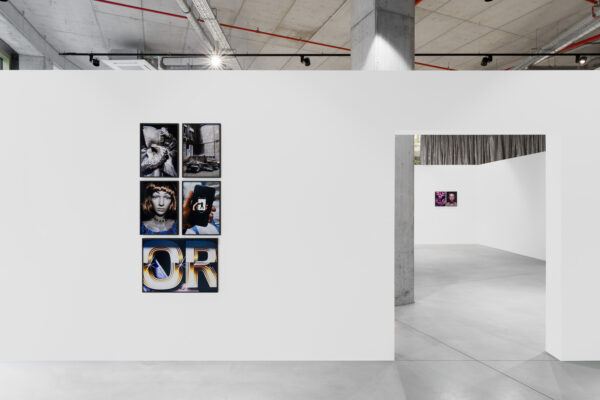 Installation view: Thibaut Henz: Intervall, KIN, 08/12/23–03/02/2024
Installation view: Thibaut Henz: Intervall, KIN, 08/12/23–03/02/2024
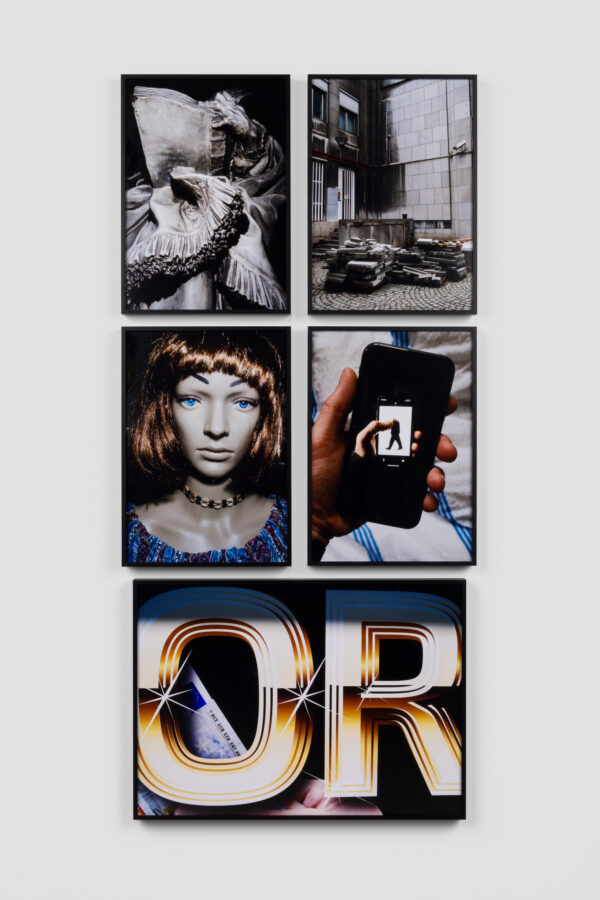 Or, 2023, Vertical panel composed of five photographs, photographic prints on Baryta
paper, black aluminum frame, 30 x 50 cm and 50 x 70 cm
Or, 2023, Vertical panel composed of five photographs, photographic prints on Baryta
paper, black aluminum frame, 30 x 50 cm and 50 x 70 cm
 Installation view: Thibaut Henz: Intervall, KIN, 08/12/23–03/02/2024
Installation view: Thibaut Henz: Intervall, KIN, 08/12/23–03/02/2024
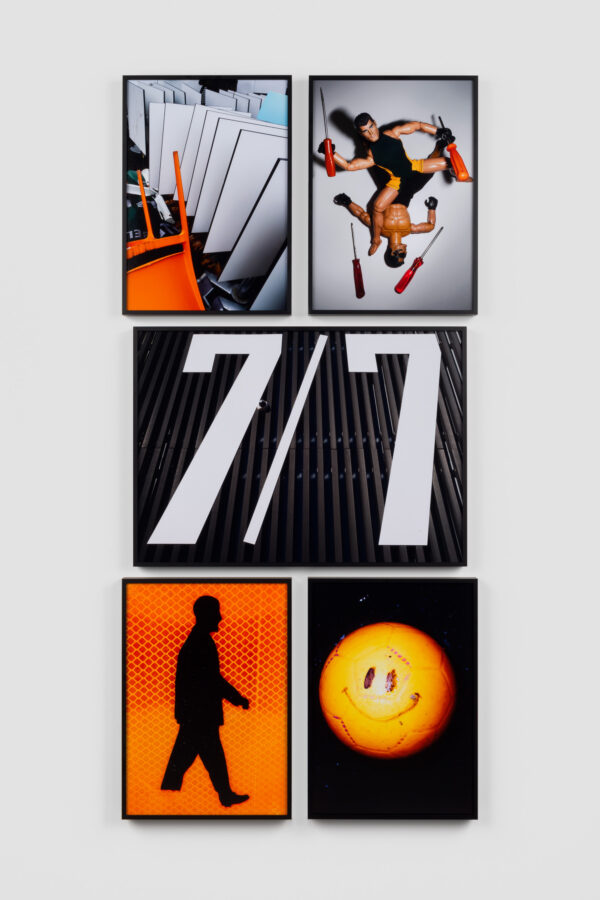 7/7 ACTION, 2023, Vertical panel composed of five photographs, photographic prints
on Baryta paper, black aluminum frame, 35 x 50 cm and 50 x 70 cm
7/7 ACTION, 2023, Vertical panel composed of five photographs, photographic prints
on Baryta paper, black aluminum frame, 35 x 50 cm and 50 x 70 cm
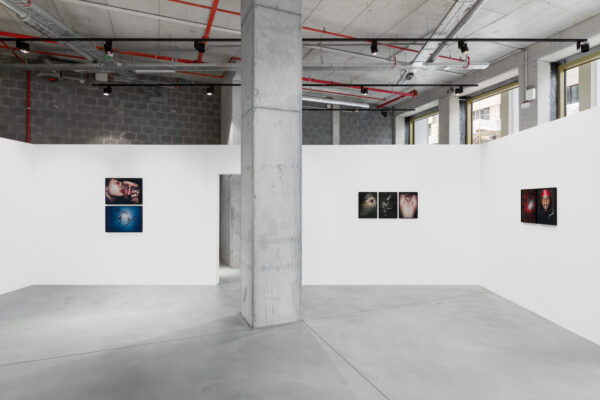 Installation view: Thibaut Henz: Intervall, KIN, 08/12/23–03/02/2024
Installation view: Thibaut Henz: Intervall, KIN, 08/12/23–03/02/2024
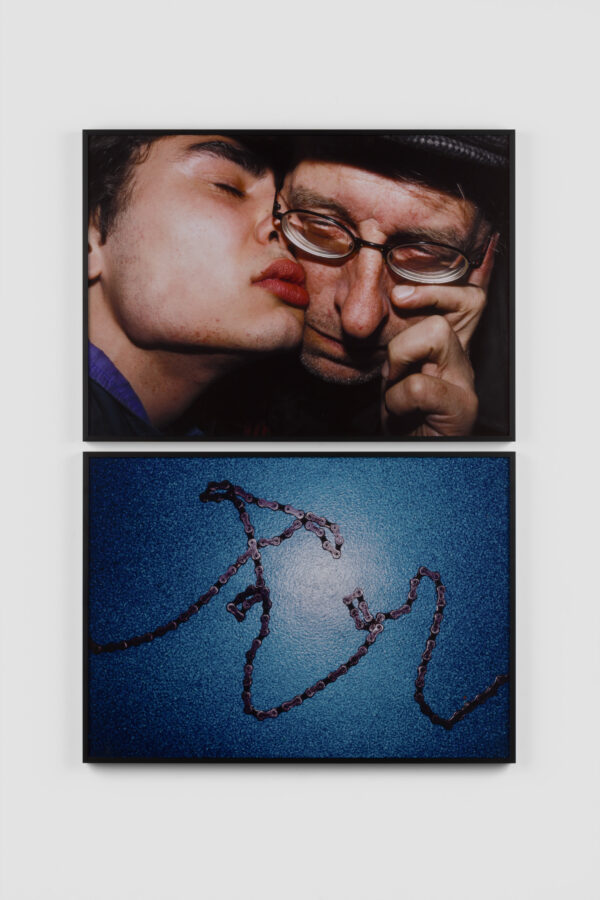 ketamine, 2023, Diptych, photographic prints on Baryta paper, black aluminum frame,
each panel:50 x 70 cm
ketamine, 2023, Diptych, photographic prints on Baryta paper, black aluminum frame,
each panel:50 x 70 cm
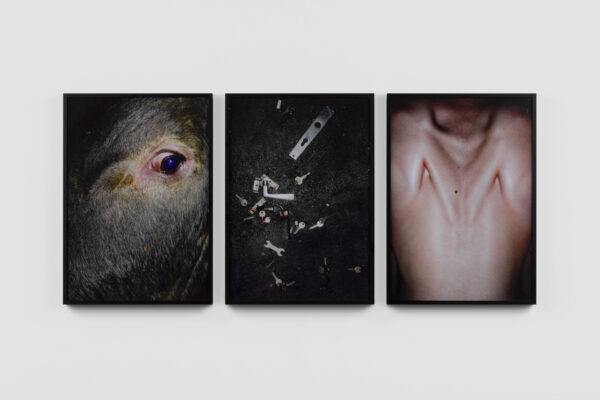 angoisse totale, 2023, Triptych, photographic prints on Baryta paper,
black aluminum frame, each panel: 35 x 50 cm
angoisse totale, 2023, Triptych, photographic prints on Baryta paper,
black aluminum frame, each panel: 35 x 50 cm
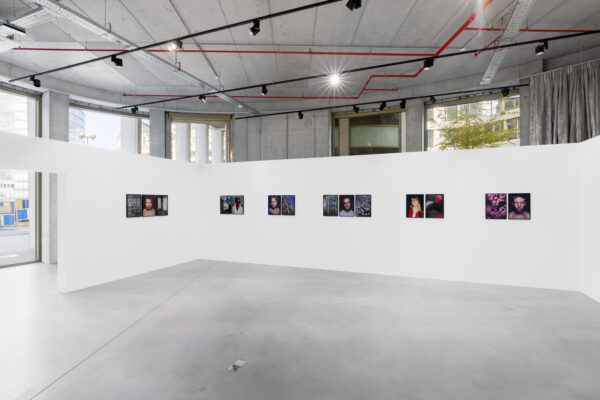 Installation view: Thibaut Henz: Intervall, KIN, 08/12/23–03/02/2024
Installation view: Thibaut Henz: Intervall, KIN, 08/12/23–03/02/2024
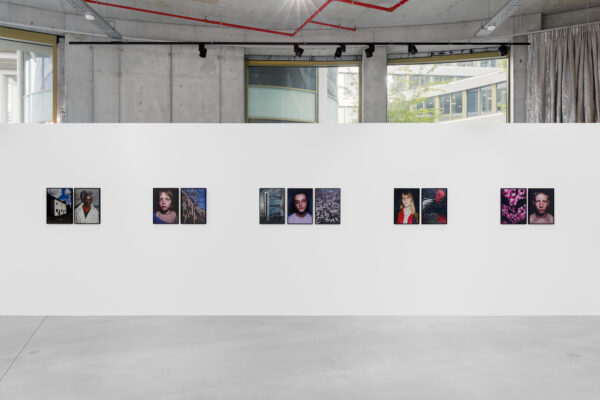 Installation view: Thibaut Henz: Intervall, KIN, 08/12/23–03/02/2024
Installation view: Thibaut Henz: Intervall, KIN, 08/12/23–03/02/2024
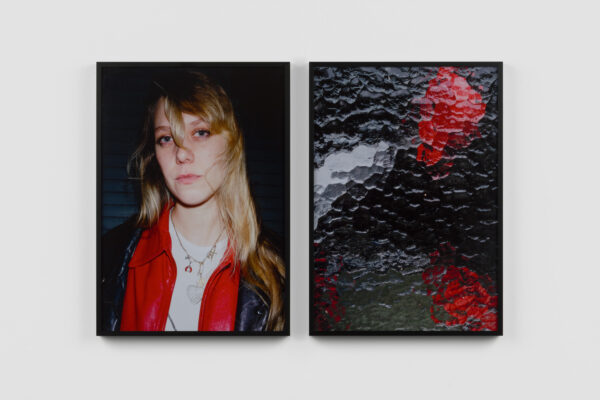 superpower, 2023, Diptych, photographic prints on Baryta paper,
black aluminum frame, each panel: 35 x 50 cm
superpower, 2023, Diptych, photographic prints on Baryta paper,
black aluminum frame, each panel: 35 x 50 cm
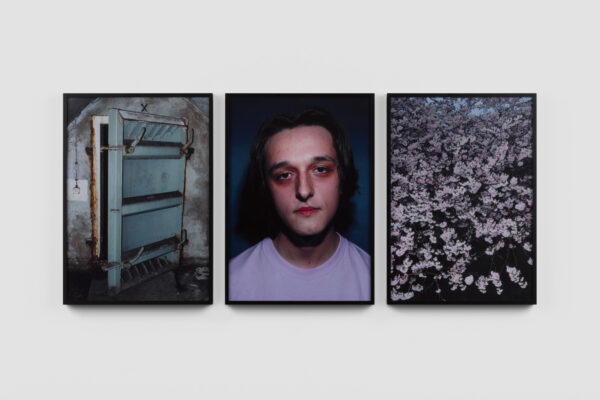 tu rentres ou tu sors? allez viens, c’est mieux, 2021, Triptych, photographic prints on
Baryta paper, black aluminum frame, each panel: 35 x 50 cm
tu rentres ou tu sors? allez viens, c’est mieux, 2021, Triptych, photographic prints on
Baryta paper, black aluminum frame, each panel: 35 x 50 cm
 fusion temporelle, 2021, Diptych, photographic prints on Baryta paper,
black aluminum frame, each panel: 35 x 50 cm
fusion temporelle, 2021, Diptych, photographic prints on Baryta paper,
black aluminum frame, each panel: 35 x 50 cm
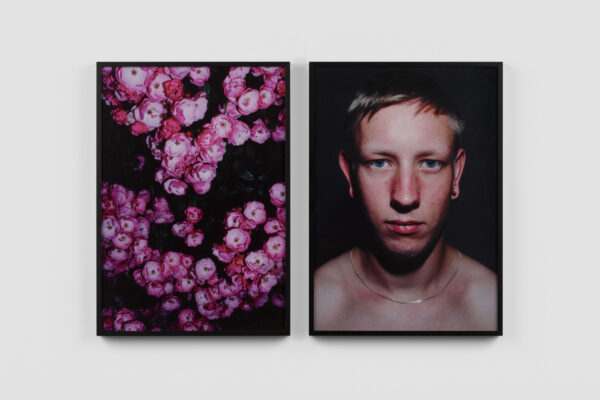 de belles fleurs pour un bel avenir, 2021, Diptych, photographic prints on Baryta paper,
black aluminum frame, each panel: 35 x 50 cm
de belles fleurs pour un bel avenir, 2021, Diptych, photographic prints on Baryta paper,
black aluminum frame, each panel: 35 x 50 cm
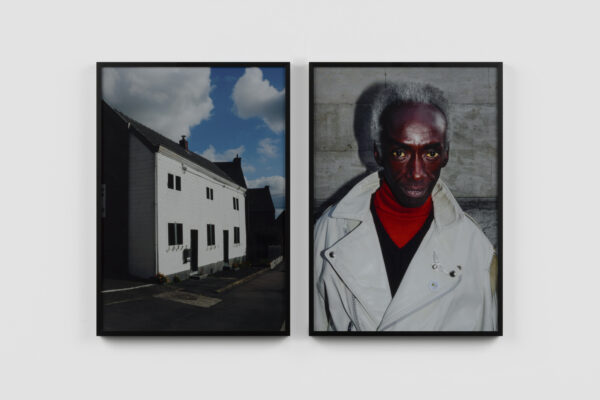 la maison et l’homme qui danse devant la maison, 2022, Diptych, photographic prints
on Baryta paper, black aluminum frame, each panel: 35 x 50 cm
la maison et l’homme qui danse devant la maison, 2022, Diptych, photographic prints
on Baryta paper, black aluminum frame, each panel: 35 x 50 cm
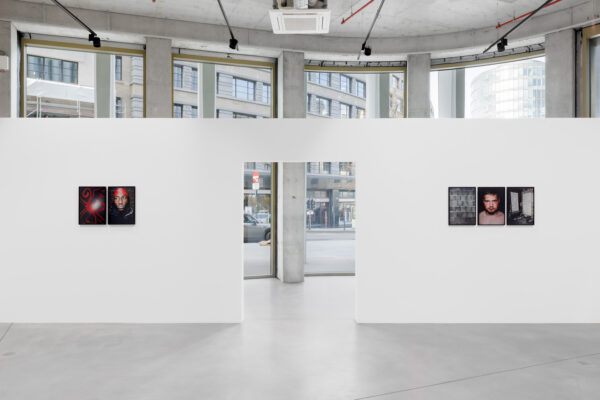 Installation view: Thibaut Henz: Intervall, KIN, 08/12/23–03/02/2024
Installation view: Thibaut Henz: Intervall, KIN, 08/12/23–03/02/2024
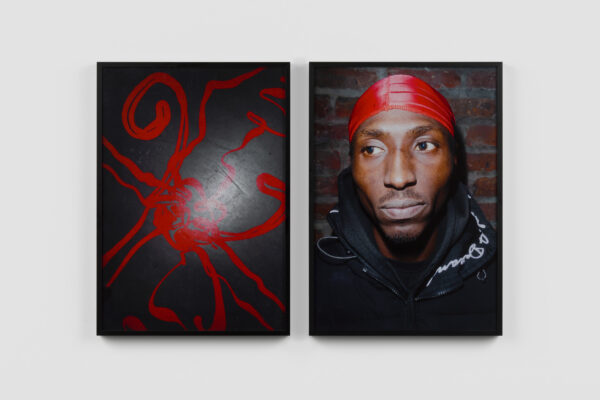 David et Daouda, 2023, Diptych, photographic prints on Baryta paper,
black aluminum frame, each panel: 35 x 50 cmeach panel:50 x 70 cm
David et Daouda, 2023, Diptych, photographic prints on Baryta paper,
black aluminum frame, each panel: 35 x 50 cmeach panel:50 x 70 cm
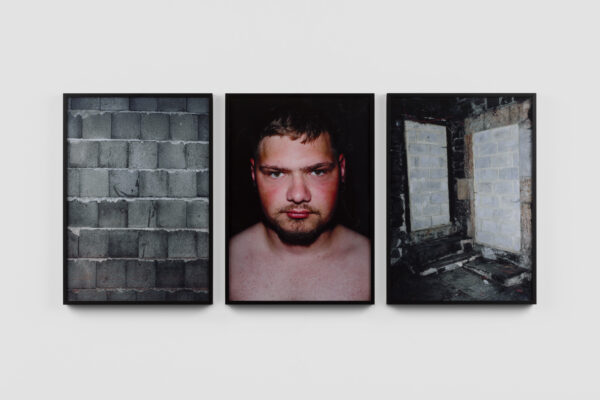 NON, pas welcome, 2021, Triptych, photographic prints on Baryta paper, black
aluminum frame, each panel: 35 x 50 cm
NON, pas welcome, 2021, Triptych, photographic prints on Baryta paper, black
aluminum frame, each panel: 35 x 50 cm
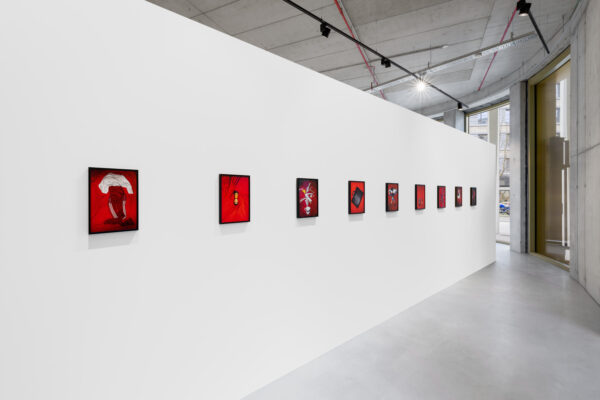 Installation view: Thibaut Henz: Intervall, KIN, 08/12/23–03/02/2024
Installation view: Thibaut Henz: Intervall, KIN, 08/12/23–03/02/2024
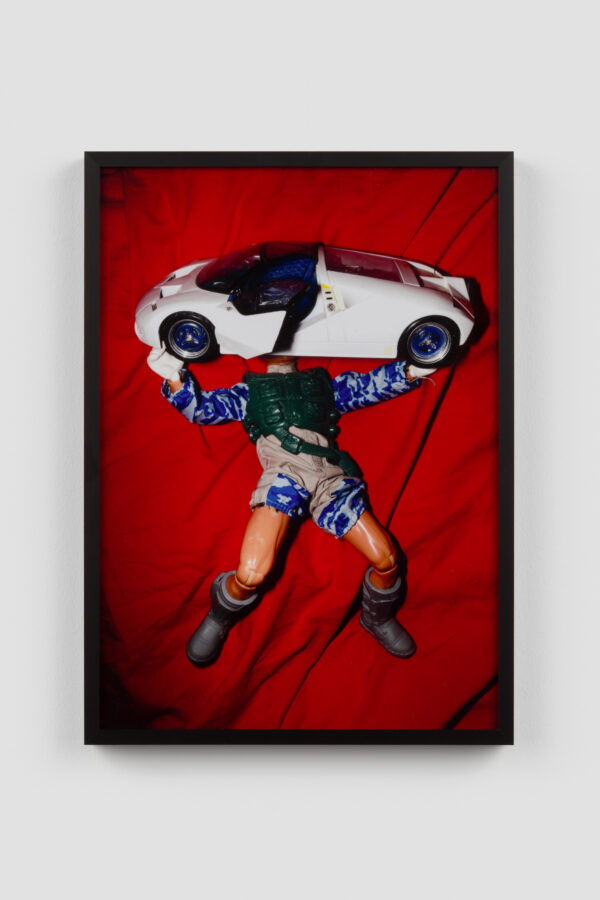 nid rouge, j’attend – 5, 2023, photographic prints on Baryta paper,
black alumnium frame, 25 x 35 cm
nid rouge, j’attend – 5, 2023, photographic prints on Baryta paper,
black alumnium frame, 25 x 35 cm
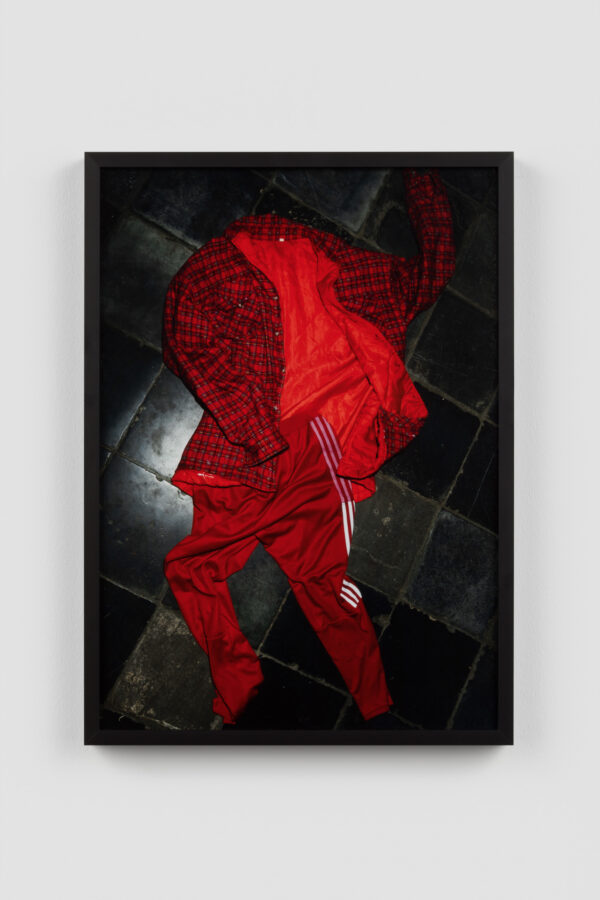 nid rouge, j’attend – 1, 2023, photographic prints on Baryta paper,
black alumnium frame, 25 x 35 cm
nid rouge, j’attend – 1, 2023, photographic prints on Baryta paper,
black alumnium frame, 25 x 35 cm
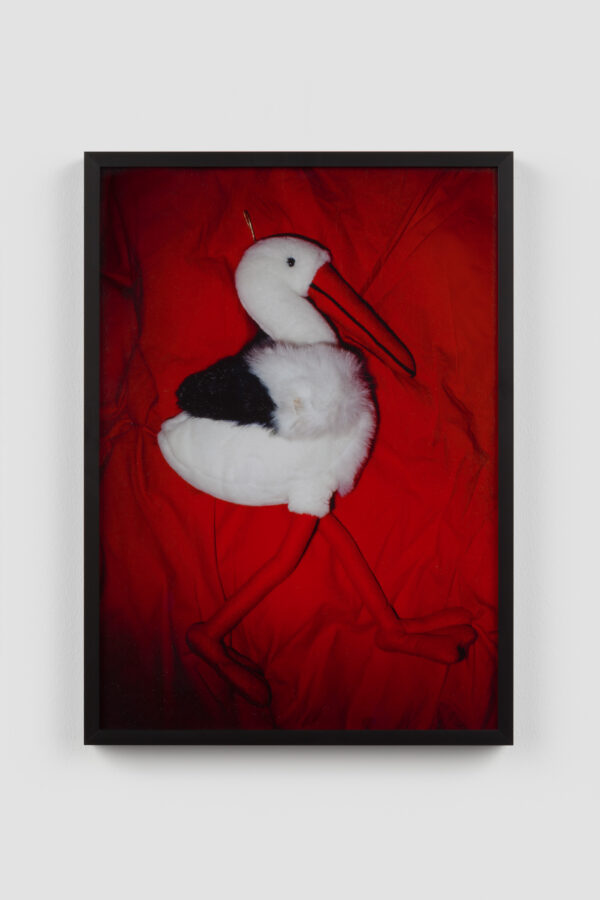 nid rouge, j’attend – 2, 2023, photographic prints on Baryta paper,
black alumnium frame, 25 x 35 cm
nid rouge, j’attend – 2, 2023, photographic prints on Baryta paper,
black alumnium frame, 25 x 35 cm
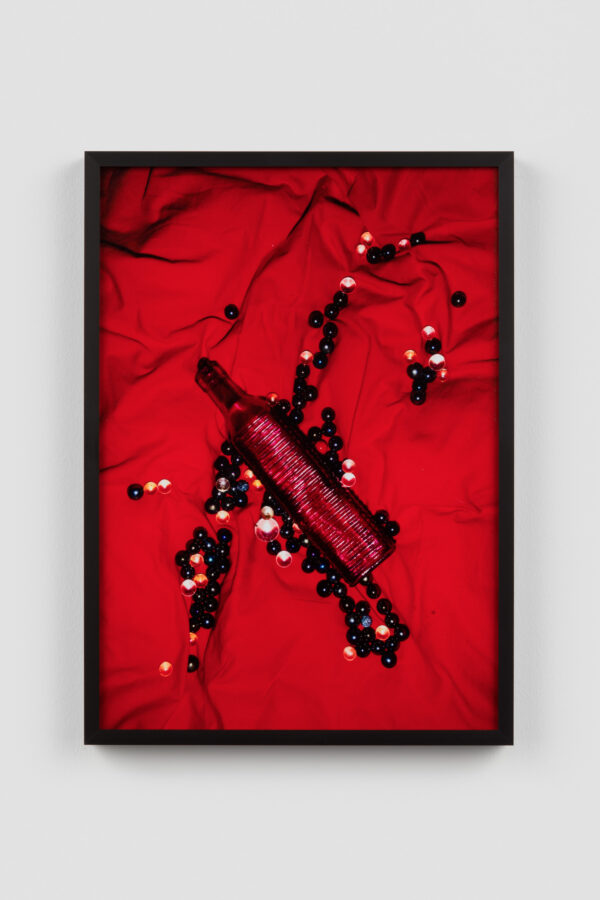 nid rouge, j’attend – 3, 2023, photographic prints on Baryta paper,
black alumnium frame, 25 x 35 cm
nid rouge, j’attend – 3, 2023, photographic prints on Baryta paper,
black alumnium frame, 25 x 35 cm
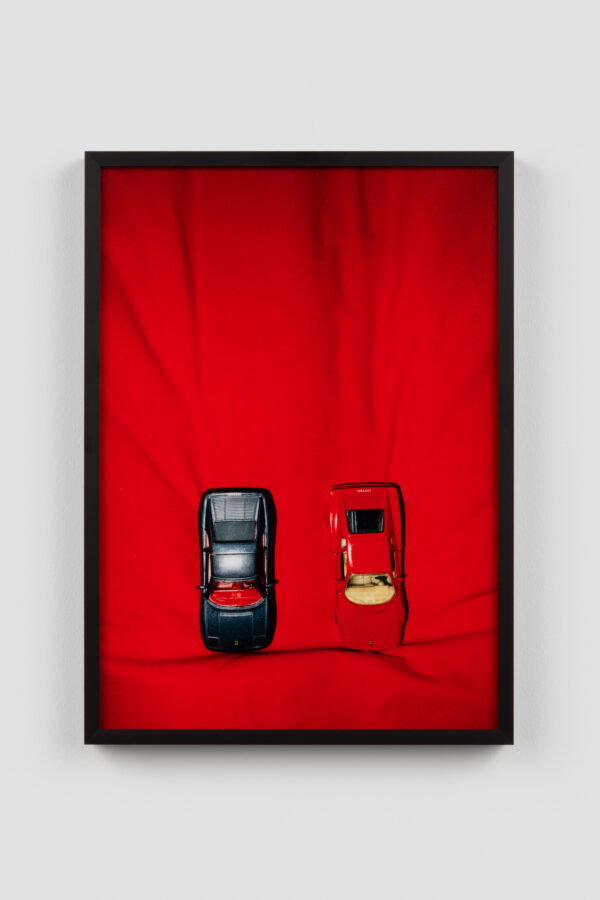 nid rouge, j’attend – 4, 2023, photographic prints on Baryta paper,
black alumnium frame, 25 x 35 cm
nid rouge, j’attend – 4, 2023, photographic prints on Baryta paper,
black alumnium frame, 25 x 35 cm
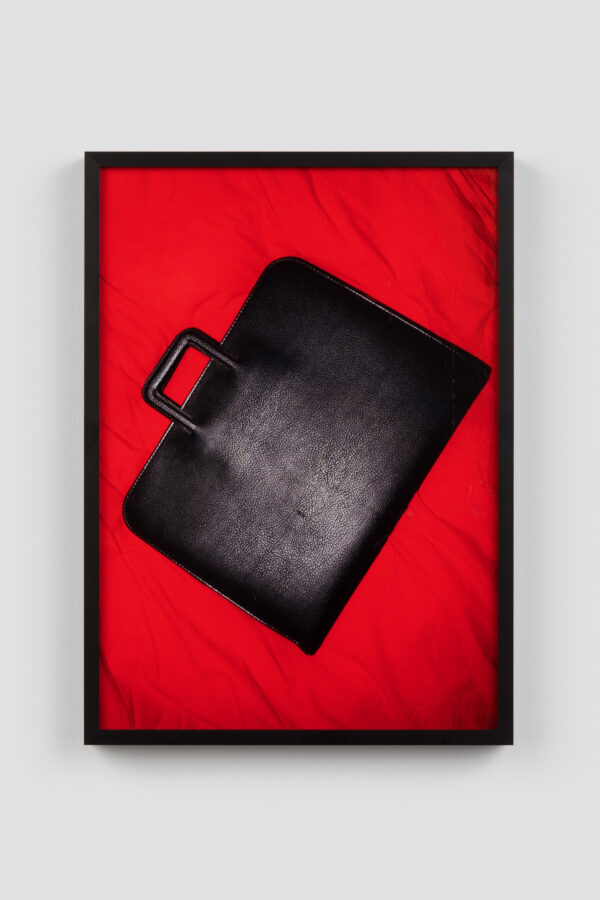 nid rouge, j’attend – 6, 2023, photographic prints on Baryta paper,
black alumnium frame, 25 x 35 cm
nid rouge, j’attend – 6, 2023, photographic prints on Baryta paper,
black alumnium frame, 25 x 35 cm
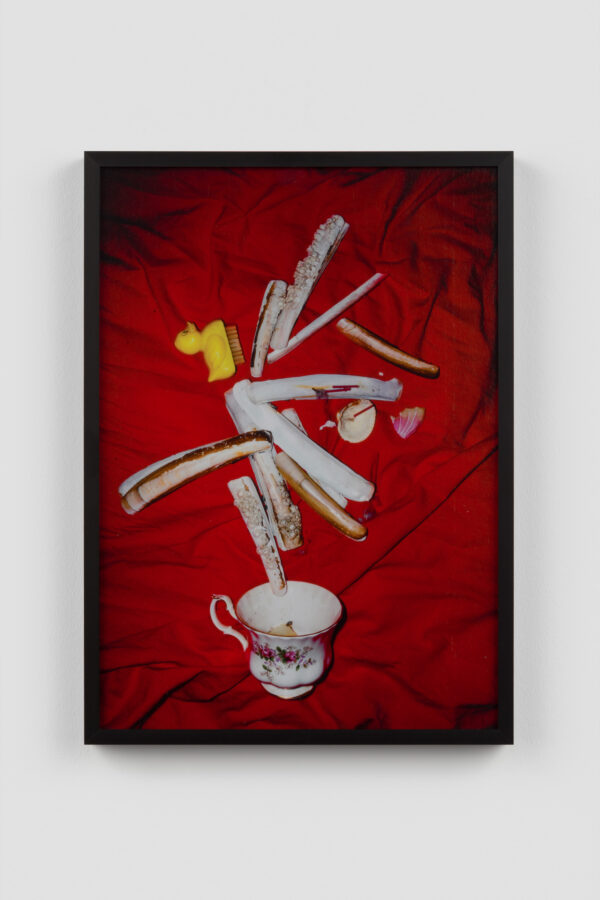 nid rouge, j’attend – 7, 2023, photographic prints on Baryta paper,
black alumnium frame, 25 x 35 cm
nid rouge, j’attend – 7, 2023, photographic prints on Baryta paper,
black alumnium frame, 25 x 35 cm
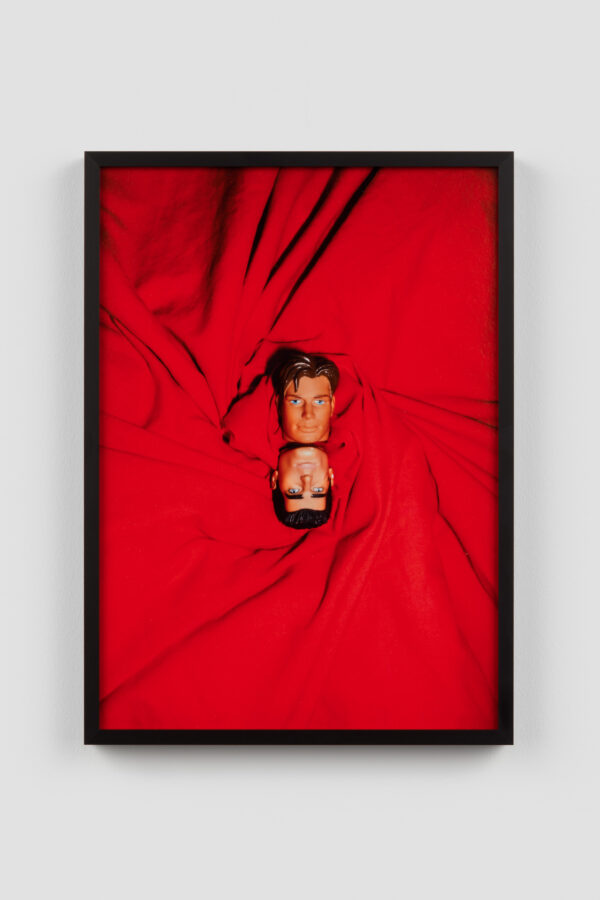 nid rouge, j’attend – 8, 2023, photographic prints on Baryta paper,
black alumnium frame, 25 x 35 cm
nid rouge, j’attend – 8, 2023, photographic prints on Baryta paper,
black alumnium frame, 25 x 35 cm
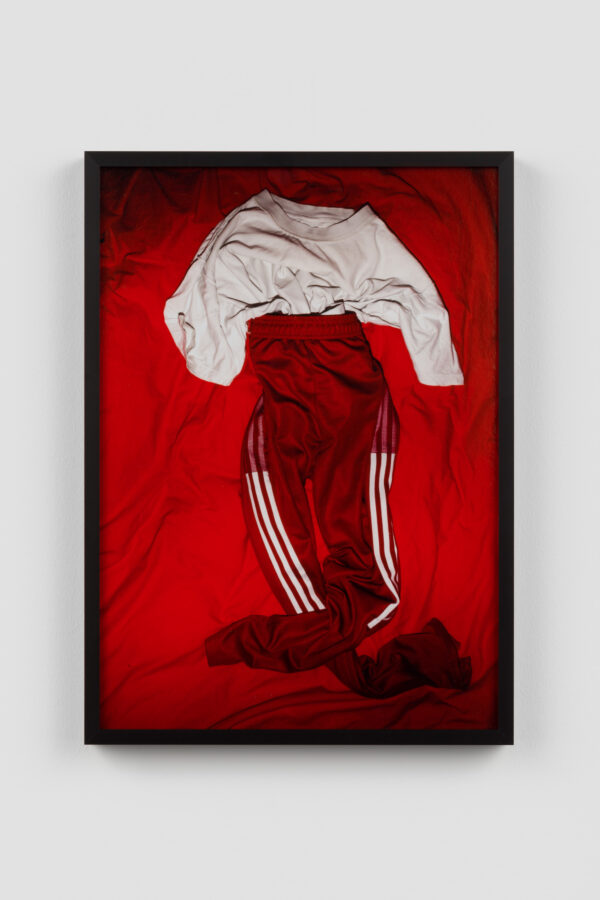 nid rouge, j’attend – 9, 2023, photographic prints on Baryta paper,
black alumnium frame, 25 x 35 cm
nid rouge, j’attend – 9, 2023, photographic prints on Baryta paper,
black alumnium frame, 25 x 35 cm